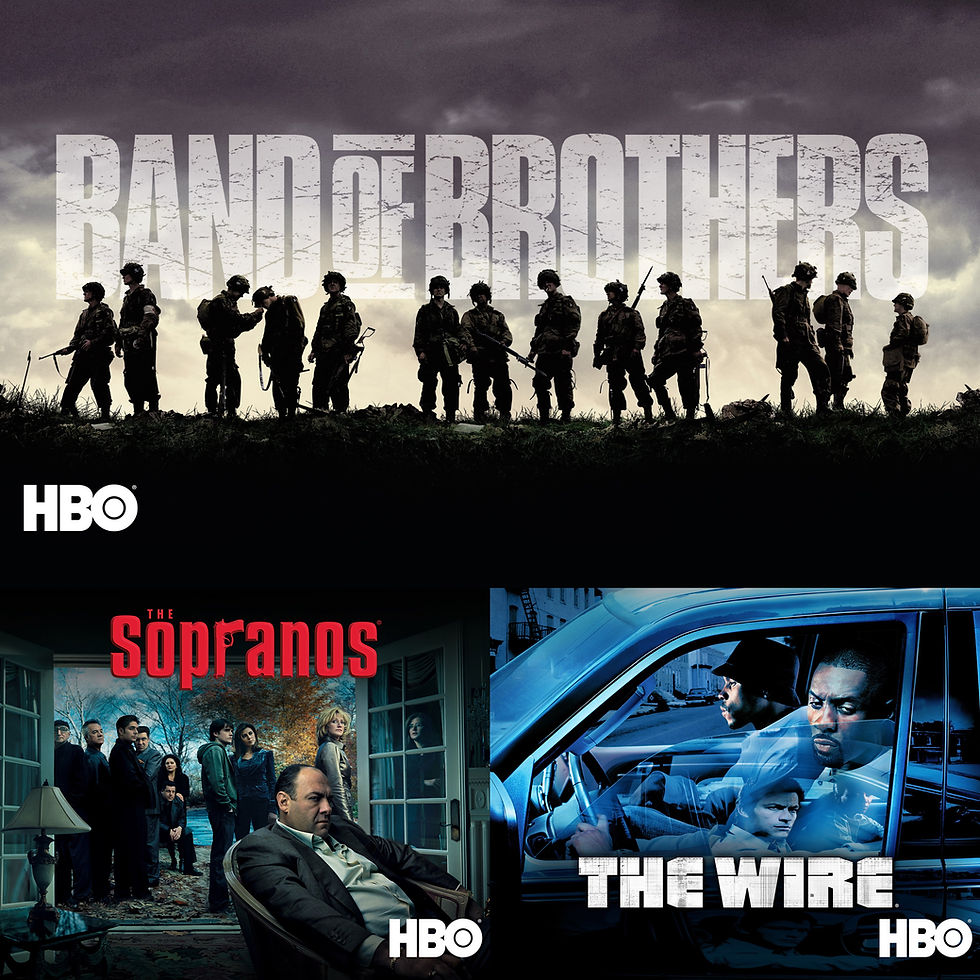Satyajit Ray: The face of Cinematic Liberalism
- Poushali Mitra
- Aug 9, 2021
- 3 min read
Updated: Feb 12, 2023

Liberalism in India has always been strongly individualistic and idealistic and this energy, collectively has been channelised for social and moral reform where each individual is expected to be responsible for their virtues. Satyajit Ray hails from a period when social and cultural reform were being highly motivated by Nehruvian ideology - the influence of which could be clearly seen in his modernist approach in cinema.
In 1970, Ray told an interviewer: 'I admired Nehru, I understood him better, because I am also in a way a kind of product of East and West. A certain liberalism, a certain awareness of Western values and a fusion of Eastern and Western values was in Nehru, which I didn’t find in Gandhi … I always understood what Nehru was doing.'
His love for the amalgamation of western and eastern values is brought to life through his narratives. Time is linearized and progressive in his films creating a world that allows (or should allow) for freedom of expression and equality, where rationality plays the leading role. More often he has been banished for portraying Hinduism negatively or for highlighting a certain part of poverty-stricken India, though his purpose has always been capturing realism. - Even his fantasy fiction Gupi Gayen Bagha Bayen and sequels possess the undertone of revolution and the fight for independence against a malicious king. His noteworthy films that any cinema lover should check out once in their lifetime: Pather Panchali, Aparajito, Apur Sansar, Jalsaghar, Devi, Nayak, Charulata, Sonar Kella, Teen Kanya, Mahanagar.
Progression and Feminism Ray's strongpoint has always been his characters that he developed with utmost care and depth. His characters are never pliant according to the generalized moulds of a hero and villain. Always laden with shades of grey, they are delineated from the ideological point of view, allowed to speak and act in ways they prefer; though his ideas of morality become evident in his narrative - what is wrong in his eyes is discernible if not reprimanded openly.
He had immense interest in the ways of human thought process and interaction with the dynamics of a society like the protagonist of the Apu Trilogy (adapted from Bibhutibhushan Bandopadhyay's Apu Trilogy), Apu - a poor brahmin boy from the small village of Nischindipur with an intellect that goes beyond the confines of his poverty and constricted liberty of his place. Apu leaves in search of knowledge but finds love and loss, heartbreaks and deception in the cities he stays in. He had life as his teacher and suffering as his kin as he learnt through mistakes and kindness.
Similar sense of liberalism is expressed through his portrayal of female characters that are often progressive or the victim of the misogynistic Hindu society. - Arati of Mahanagar, an housewife who sets out to be an equal contributor to her extended family, Dayamoyee of Devi, a victim of superstition and blind faith, Charu of Charulata, an embodiment of sexuality and ambition. Thus in his work, Ray has always been interested in sketching the psychological aspects of the protagonists and their family, creating a sense of intimacy that connects us with the characters. He, I believe, was the connoisseur of artistic liberalism that only practiced social reform through condemnation of irrational beliefs and acceptance of logical, scientific approach to life - the same approach that he used in his brilliant works thoroughly. As Akira Kurosawa rightly said - "Not to have seen the cinema of Ray means existing in the world without seeing the sun or the moon."
RATE THIS ESSAY
6
5
4
3










Comments